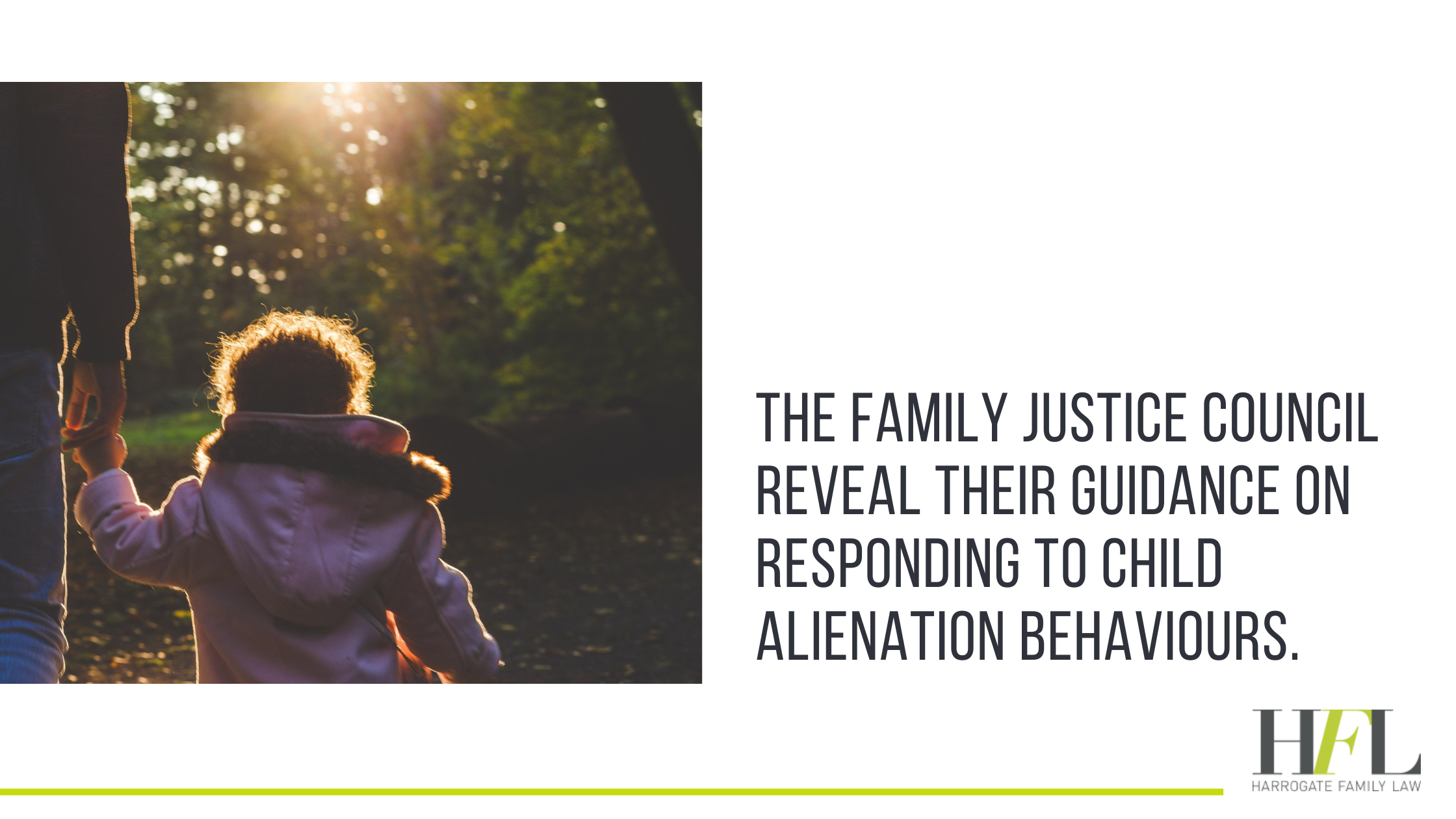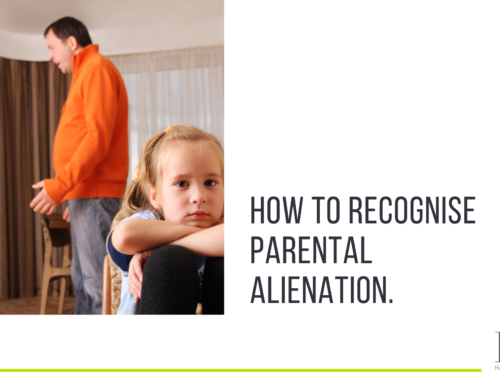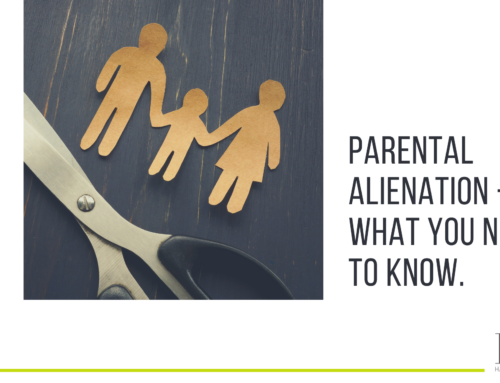In December 2024, the Family Justice League unveiled their updated guidance on handling allegations of parental and child alienation. President of the Family Justice Council, Sir Andrew McFarlane, commented specifically on the need for this guidance:
‘In my view, this guidance is required to ensure greater consistency of approach across the courts and to improve outcomes for children and families and to protect children and victims from litigation abuse.’
His statement can’t be disagreed with, given that this has been an extremely divisive and polarising issue – for both lawyers and clients – for some time.
The aim of the guidance
The new guidance aims to help focus the court’s attention on the impact certain parents’ behaviours have on a child. This is as opposed to focussing on the behaviour itself.
The guidance is broken down into key areas, including:
- Case management
- The Voice of the Child
- Welfare Decisions (where findings have been made)
- Understanding reluctance, resistance and refusal (RRR)
What are the key takeaways?
The resistance, reluctance and refusal of a child to spend time with a parent isn’t always specifically a result of Alienating Behaviour
This can, in fact, be down to a whole number of different factors. As we know all too well, children who experience the breakdown of their parent’s relationship can have a wide range of emotional responses – a refusal to see a parent being just one.
Courts and solicitors dealing with such cases need to look at a child’s actions and responses in a broader context – one that considers their family life and relationships.
Sometimes, there’s simply no obvious reason for a child to show resistance, reluctance or refusal to see a parent, so it’s almost impossible to use it as hard and fast evidence of Alienating Behaviour.
Domestic abuse and Alienating Behaviour are not the same thing
There has been a long and complicated history of Alienating Behaviour being raised in domestic abuse cases – particularly post-separation. The new guidance doesn’t mince its words here; domestic abuse is a crime in its own right and should be treated as such. It also makes clear that children can also be victims of domestic abuse and that this could be a contributing factor to their reluctance to see one or other of their parents (and justifiably so).
The guidance also covers the ‘Protective Behaviours’ that a parent who is the victim of domestic abuse might display. The FJC is clear that these behaviours are understandable and necessary, given that the law places a duty on parents to protect their children from harm. Ultimately, Protective Behaviours can’t amount to Alienating Behaviours.
The court is responsible for establishing whether Alienating Behaviours and/or domestic abuse has occurred
This power belongs to the court and the court alone. It’s not down to CAFCASS (Children and Family Court Advisory and Support Service) or any other experts’ families may have brought in during the process.
If a parent makes allegations of Alienating Behaviour, they must have substantial evidence. Vague accusations will not be enough.
Suppose the courts find that Alienating Behaviours have taken place. In that case, it’s important to remember that this is just one part of a much bigger picture – a picture the court will need to consider when coming to any conclusions about welfare and what’s in the best interest of the child.
Even with this new guidance, many emotions are at play in cases like these. The consequences of parental alienation itself and allegations of it can be dire, and result in devastating consequences for everyone involved.
This is why we would urge anyone affected by these issues to seek legal advice sooner rather than later, so that you can get the support you need. Contact our expert team for a no-obligation consultation.




